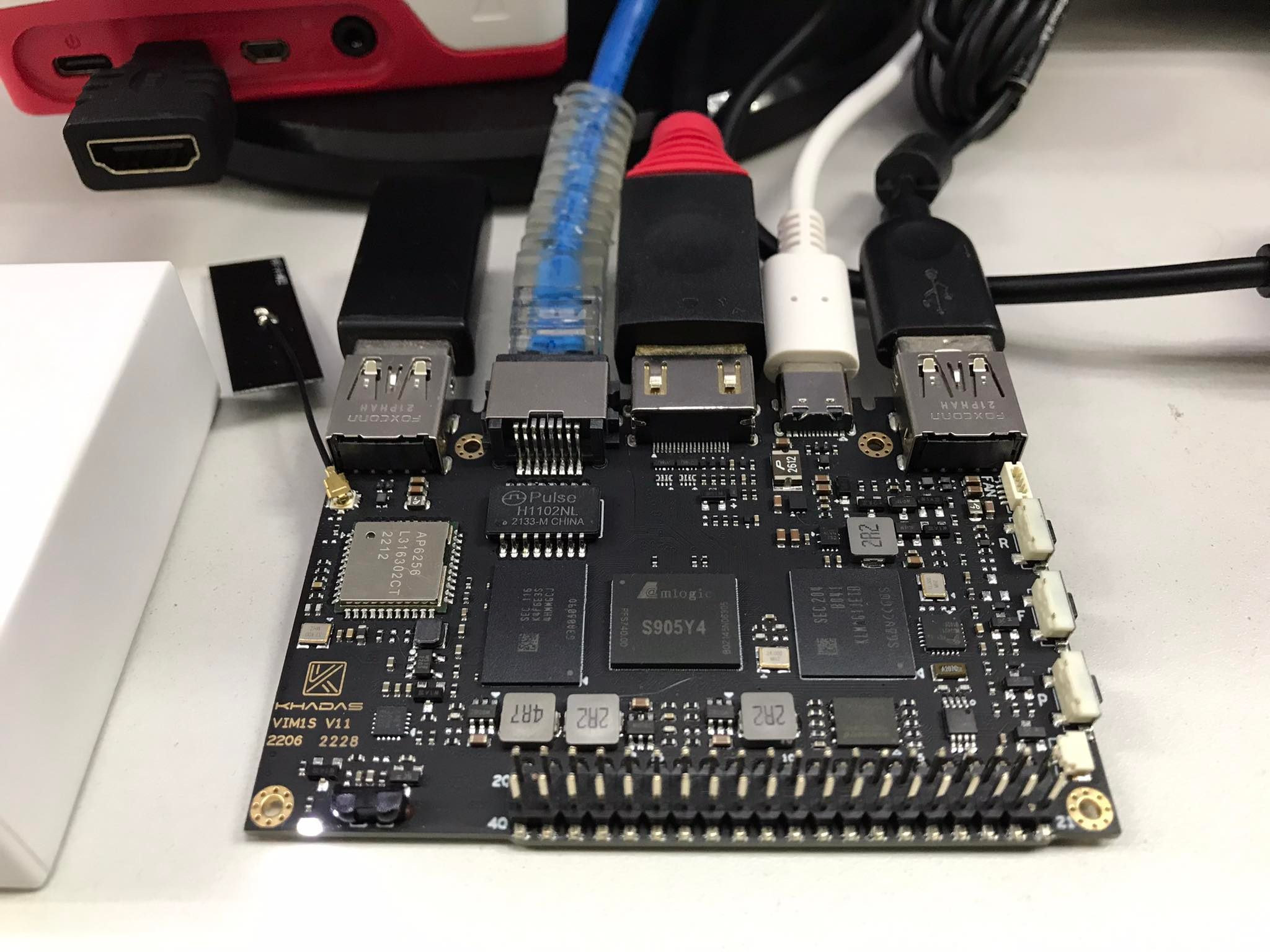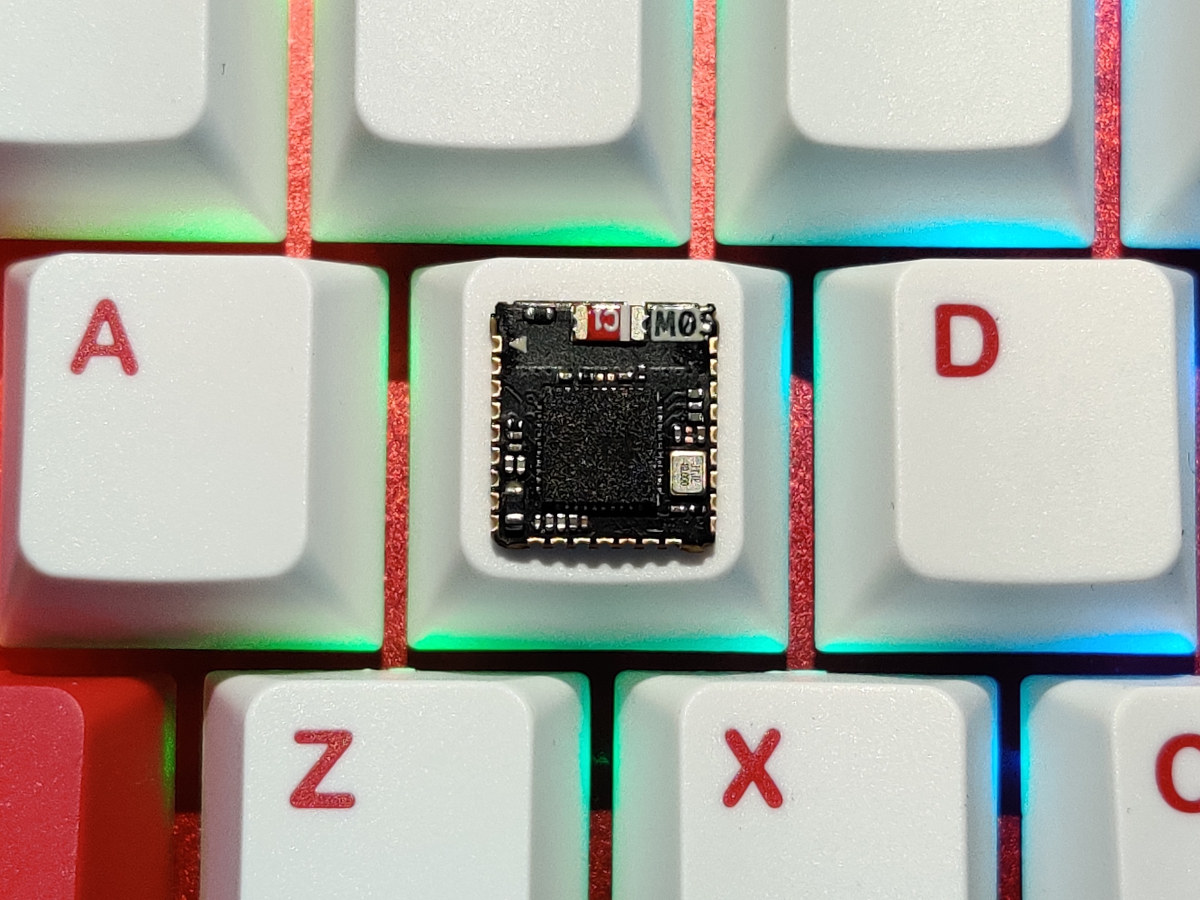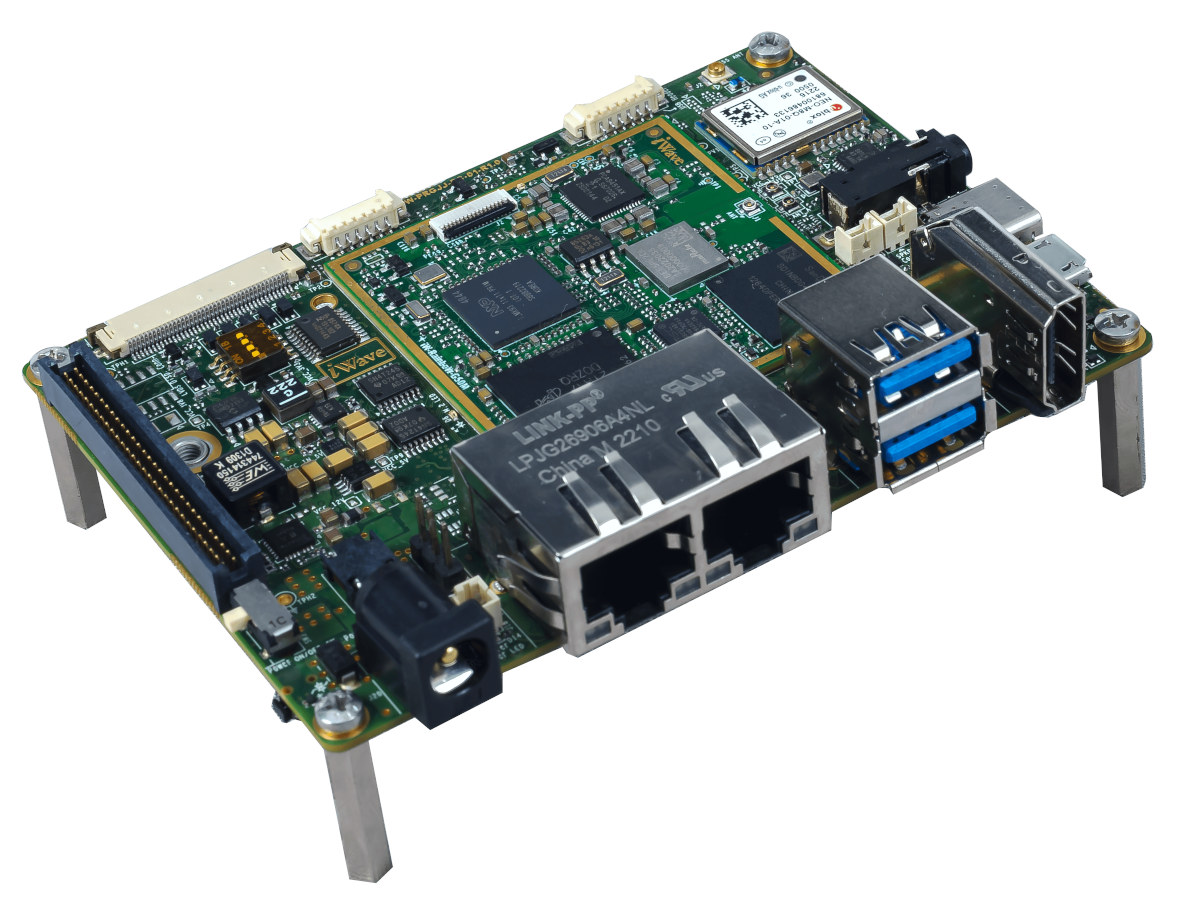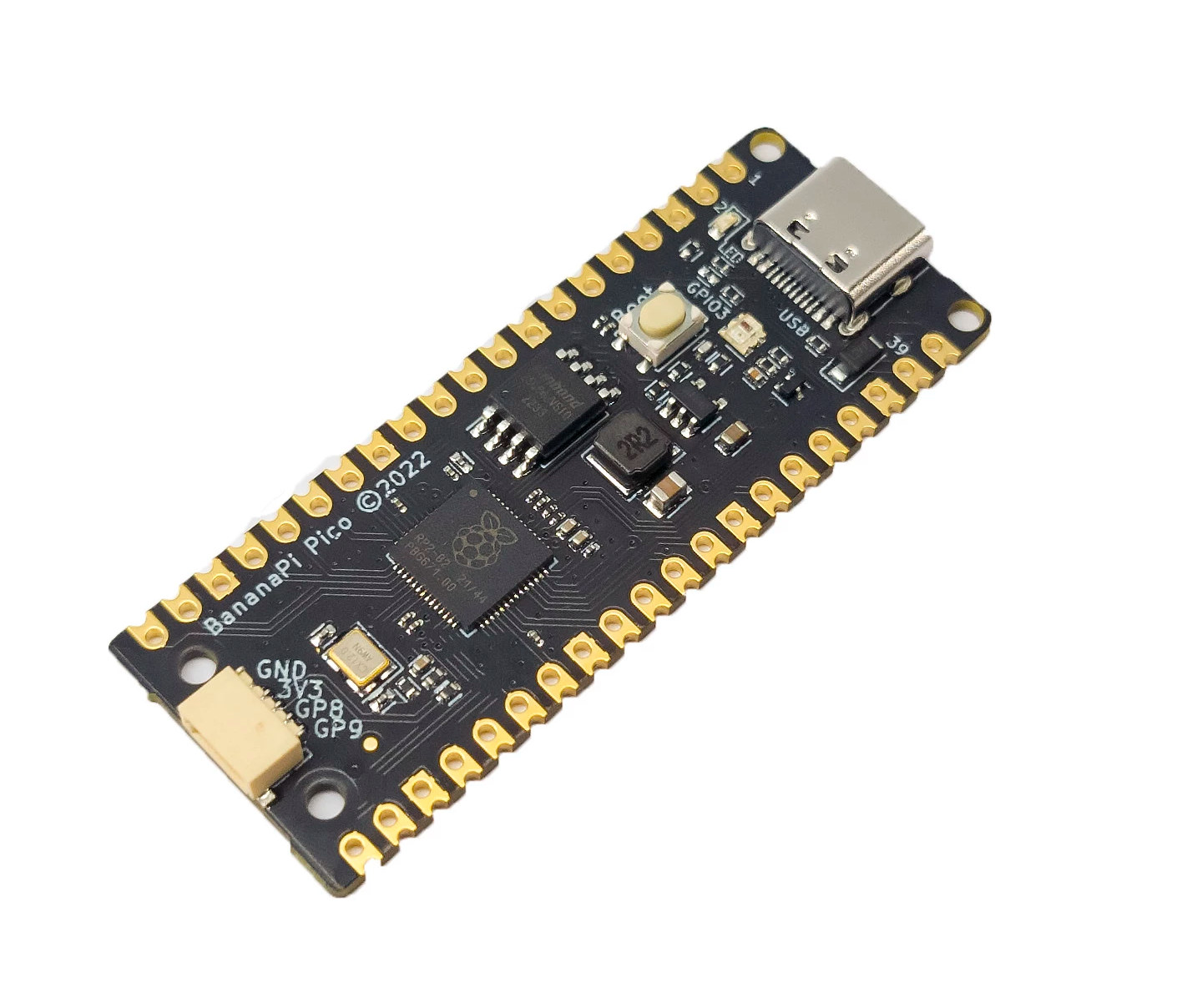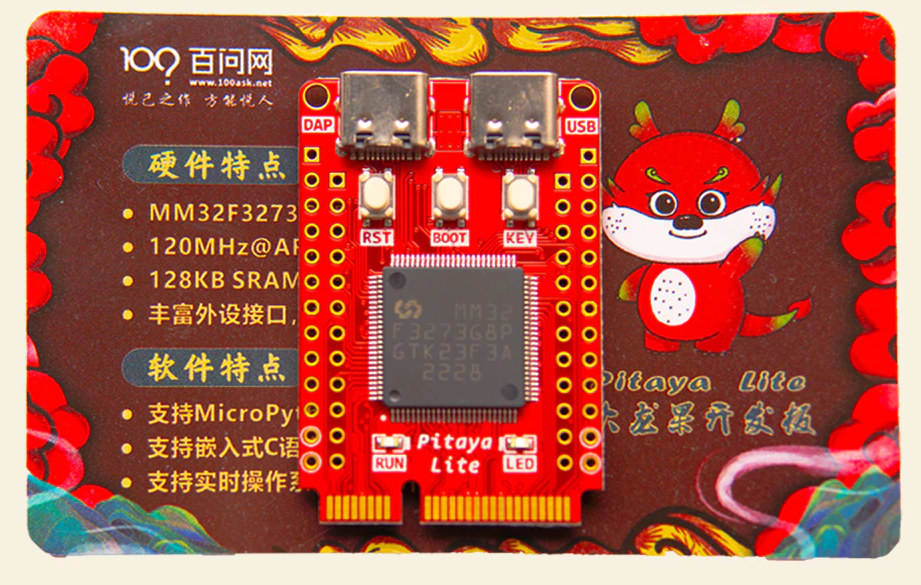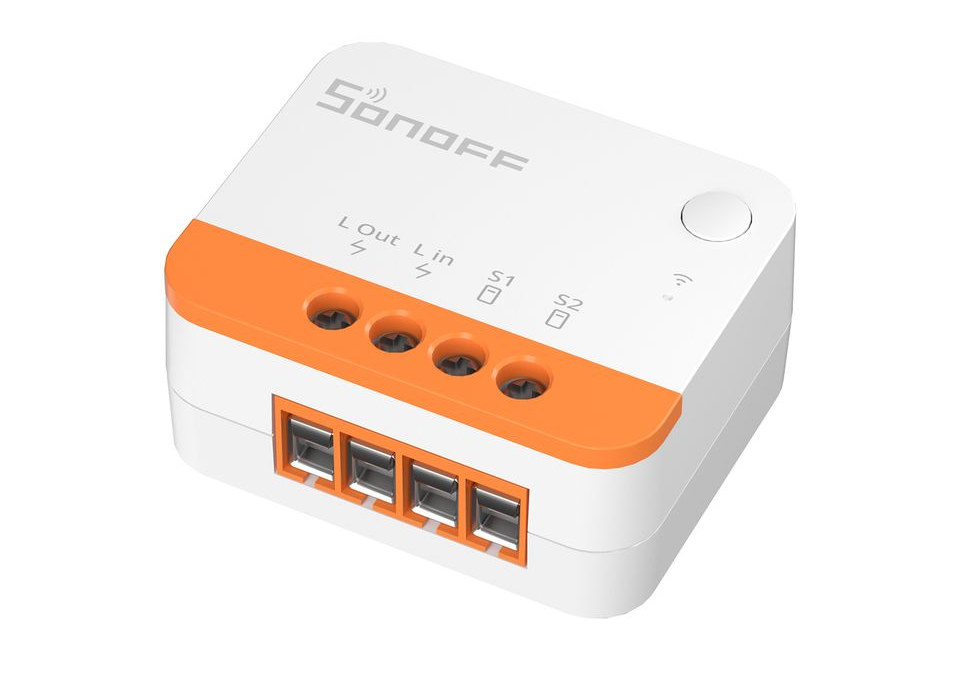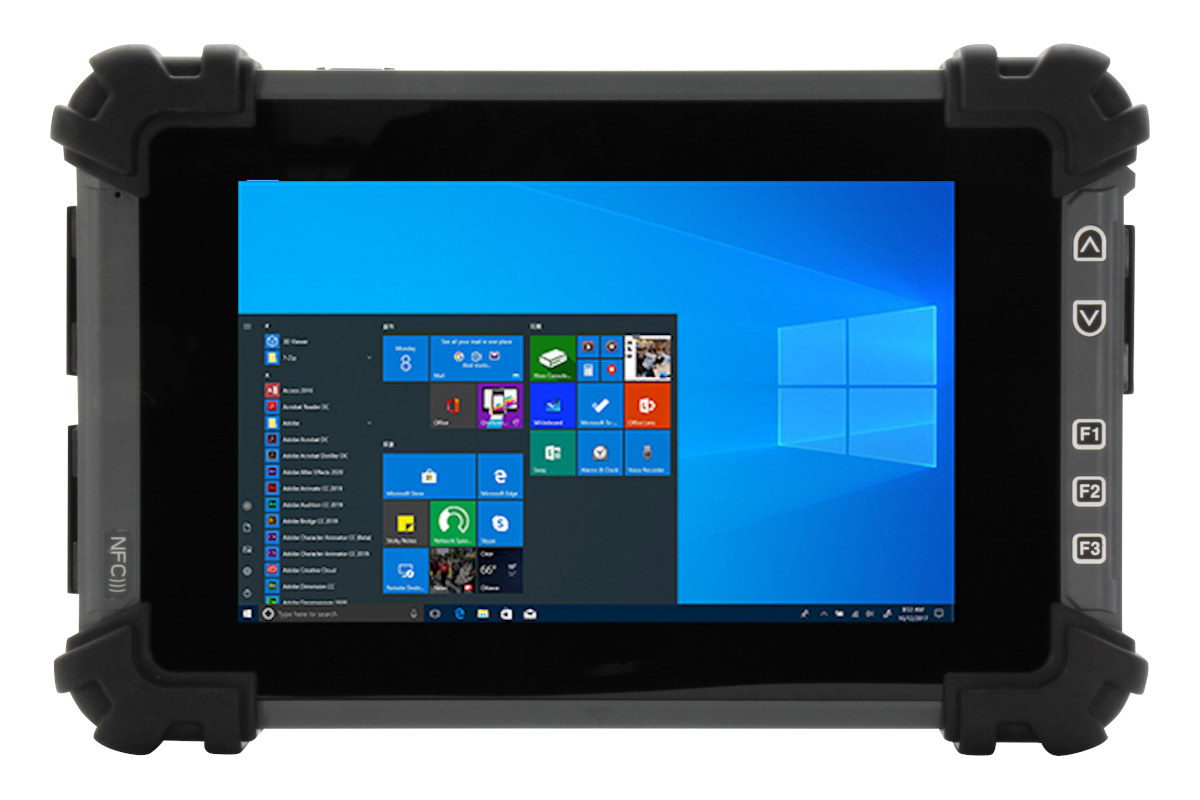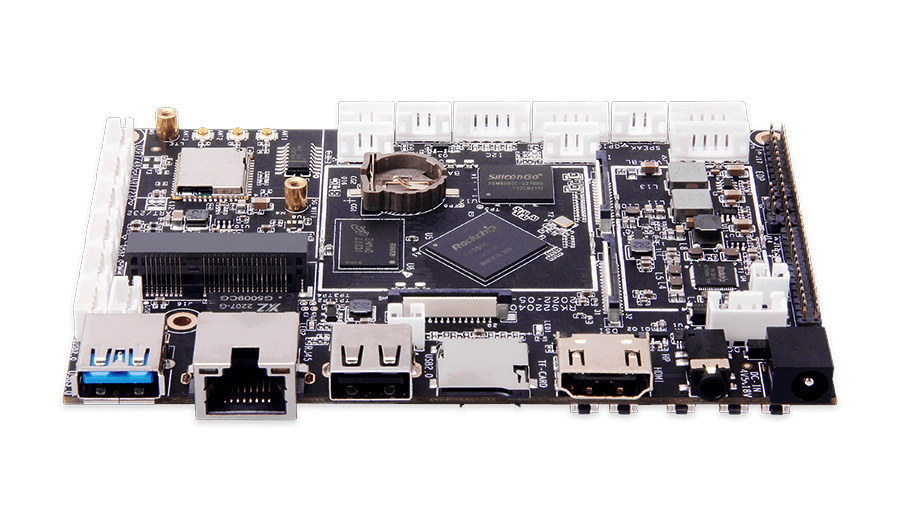In this review of Khadas VIM1S SBC, we’ll install Ubuntu 22.04, and report our experience testing the performance such as memory speed and eMMC flash performance, and 3D graphics capabilities. Installing Ubuntu 22.04 on Khadas VIM1S Just like Khadas VIM4 and Edge2, the Khadas VIM1S SBC ships with the OOWOW firmware that allows easy installation of operating systems by downloading the images, and flashing them directly to the eMMC flash. You need just to connect a monitor and a USB keyboard and have an Internet connection through either LAN or Wi-Fi. Let’s start by installing Ubuntu 22.04 on Khadas VIM1S together. If no OS is installed, OOWOW will boot automatically, but if there’s already another OS installed, you can press and hold the Function button, press the Reset button, and release the Function button. After a few seconds, the OOWOW Wizard as shown in the picture below should show up. […]
Bouffalo Lab BL616/BL618 RISC-V MCU supports WiFi 6, Bluetooth 5.2, and Zigbee
Bouffalo Lab BL616/BL618 is a 32-bit RISC-V wireless microcontroller with support for 2.4 GHz WiFi 6, Bluetooth 5.2 dual-mode, and an 802.15.4 radio for Zigbee, Thread, and Matter designed for IoT applications. We first spotted the BL616 RISC-V IoT MCU during the BL602/BL606 announcement in November 2020, but we had virtually no additional information about it so far. It appears both BL616 and BL618 will be launched next month with the main difference between the two being that BL616 has 19 GPIOs and BL618 comes with 35 GPIOs. Bouffalo Lab BL616 and BL618 specifications: MCU core – 32-bit RISC-V CPU (RV32IMAFCP) @ up to 320 MHz with FPU and DSP, 32KB instruction cache & 16KB data cache VPU – MJPEG video encoder Memory – 480KB SRAM, 4KB HBN RAM, embedded 4 or 8MB pSRAM (optional) Storage – 128KB ROM, 4Kb eFuse, embedded 2, 4, or 8MB flash (optional), XIP QSPI […]
Pico-ITX SBC features NXP i.MX 93 LGA system-on-module
iWave Sytems iW-RainboW-G50M is an NXP i.MX 93 OSM-L compliant LGA module with up to 2GB RAM, WiFi 5 and Bluetooth 5.2 module that is found in the company’s iW-RainboW-G50S Pico-ITX SBC designed for industrial applications. The NXP i.MX 93 single and dual-core Cortex-A55 processor with an Ethos U65 microNPU was announced in November 2021, but we had yet to see any hardware based on the new NXP i.MX 9 processor family. The iW-RainboW-G50M and iW-RainboW-G50S change that with a system-on-module and single board computer. iW-RainboW-G50M NXP i.MX 93 system-on-module Specifications: SoC (one or the other) NXP i.MX 9352 dual-core Cortex-A55 processor @ up to 1.7 GHz with Arm Cortex-M33 @ 250 MHz, 0.5 TOPS NPU NXP i.MX 9351 single-core Cortex-A55 processor @ up to 1.7 GHz with Arm Cortex-M33 @ 250 MHz, 0.5 TOPS NPU NXP i.MX 9332 dual-core Cortex-A55 processor @ up to 1.7 GHz Arm Cortex-M33 @ […]
Banana Pi BPI-Pico-RP2040 – Raspberry Pi Pico replica gets USB-C port, I2C connector, and RGB LED
Banana Pi BPI-Pico-RP2040 is basically a clone of the original Raspberry Pi Pico, but with the addition of an RGB LED and a 4-pin I2C connector, and the company replaced the micro USB port with a Type-C connector. The rest of the board, also called Banana Pi Pico, is exactly the same up to the through holes and castellated holes for the I/Os, and has a similar form factor as the Banana Pi BPI-PicoW-S3 that adds WiFi and Bluetooth through the ESP32-S3 wireless microcontroller. Banana Pi BPI-Pico-RP2040 specifications: MCU – Raspberry Pi RP2040 dual-core Cortex-M0+ microcontroller @ up to 133 MHz with 264KB SRAM Storage – 2MB QSPI flash USB – 1x USB 1.1 Type-C port used for power and programming Expansion 2x 20-pin 2.54mm pitch header and castellated holes with 26 GPIOs, 3x 12-bit ADC up to 500 Kbps, 2x UART, 2x I2C, 2x SPI, 16x PWM, 2x programmable […]
$4 DshanMCU Pitaya Lite board comes with MM32 Arm Cortex-M3 microcontroller
DshanMCU Pitaya Lite is an MCU development board based on yet another STM32 alternative: MindMotion MM32 Arm Cortex-M3 microcontroller that is said to be compatible with STM32. The MCU can be clocked at up to 120 MHz, embeds 128KB SRAM, 512KB flash, and the board offers two USB Type-C ports for USB and DAP debugging, a MicroSD card slot, a few buttons, I/Os are routed via through holes as well as a mini PCIe connector that can be used to connect a display. Pitaya Lite specifications: MCU – MindMotion Microelectronics MM32F3273G8P Arm Cortex-M3 microcontroller @ 96MHz (standard) to 120MHz (max) with 128KB SRAM, 512kB Flash; LQFP100 package Storage – MicroSD card Display – Via mini PCIe port with FSMC (Flexible Static Memory Controller), supports Intel 8080 LCDs USB – 2x USB Type-C ports, including one for DAPLink and serial access Expansion – 2x 25-pin GPIO headers and Mini PCIe connector […]
SONOFF ZBMINI Extreme tiny Zigbee smart switch does not require a neutral wire
SONOFF ZBMINI Extreme (aka ZBMINI-L2) is an ultra-compact Zigbee smart switch that can control home appliances and lights without a neutral wire and can fit into almost any mounting box. The tiny wireless switch can fit into the smallest EU-type/86-type/120-type mounting box, and works with gateways supporting the Zigbee 3.0 protocol such as ZBBridge Pro, NSPanel Pro, SmartThings Hub, Amazon Alexa Echo speaker, and so on. It also supports external switches, voice control,eWelink app control, and other features. SONOFF ZBMINI Extreme (ZBMINI-L2) specifications: MCU – Silicon Labs EFR32MG22 Arm Cortex-M33 @ 76.8 MHz Zigbee microcontroller with up to 512 kB flash, up to 32 kB RAM Connectivity – Zigbee 3.0 Input – 100-240V ~ 50/60Hz 6A Max Output – 100-240V ~ 50/60Hz 6A Max Dimensions – 39.5 x 32 x 18.4mm Casing material – PC V0 As mentioned in the introduction, the SONOFF ZBMINI-L2 does not need a neutral wire […]
AAEON RTC-710AP rugged tablet features hot-swappable battery for continuous operation
AAEON RTC-710AP is a 7-inch rugged tablet powered by an Intel Celeron N3350 or Pentium N4200 Apollo Lake processor with up to 8GB LPDDR4 memory, 128GB eMMC flash, WiFi, Bluetooth, and optional 4G LTE connectivity. as well as GNSS supports. The IP65-rated tablet also comes with five physical function keys, an NFC reader, a 2MP front-facing camera, an 8MP rear camera, and an I/O expansion module for a 2D barcode scanner, LAN, UART, and other options. It also features a master battery and a hot-swappable slave battery to ensure continuous operation. AAEON RTC-710AP specifications: SoC (one or the other) Intel Celeron N3350 dual-core processor @ 1.1GHz / 2.4GHz with Intel HD Graphics 500; 6W TDP Intel Pentium N4200 quad-core processor @ 1.1GHz / 2.5GHz with Intel HD Graphics 505; 6W TDP Memory – 4GB LPDDR4 (default), up to 8GB as an option Storage 64GB eMMC flash (default), up to 128GB […]
Geniatech DS-3566 digital signage board is powered by a Rockchip RK3566 SoC
Geniatech DS-3566 is a board based on Rockchip RK3566 designed for digital signage applications with a low-profile, multiple video interfaces such as HDMI, LVDS, eDP, and MIPI DSI, and plenty of headers and connectors for expansion. The single board computer ships with up to 8GB RAM, 128GB eMMC flash, and supports Gigabit Ethernet, WiFi 5, Bluetooth 4.1, as well as cellular connectivity as an option. Some of the interfaces available through connectors include RS232, RS485, CAN Bus, I2C, SPI, etc… Geniatech DS-3566 specifications: SoC – Rockchip RK3566 quad-core Arm Cortex-A55 processor @ 1.8 GHz with Arm Mali-G52 EE GPU, 0.8 TOPS NPU System Memory – 2GB to 8GB LPDDR4 Storage – 16GB to 128GB eMMC flash, MicroSD card slot Video Interfaces 1x HDMI 2.1 up to 4Kp60 1x LVDS header and backlight header 1x eDP header and backlight header 1x 4-lane MIPI DSI connector Camera – 1x 4-lane MIPI CSI […]


